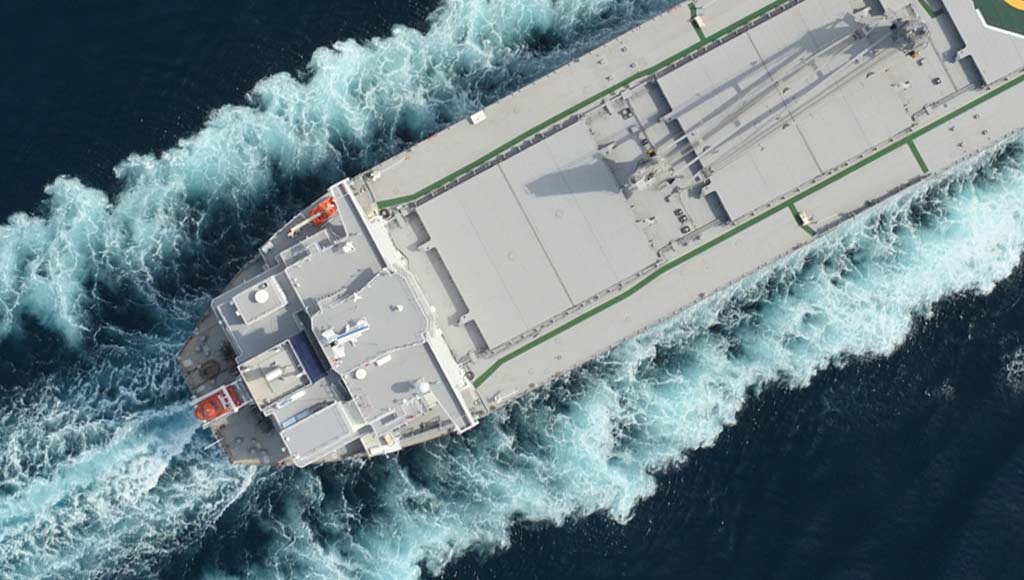According to the latest analysis from Xeneta, spot freight rates on major shipping routes from the Far East showed a significant recovery in October. However, shippers preparing for 2026 contract negotiations need not panic because of this.
Specific data shows that since October 1, spot freight rates on the Far East to US West Coast and US East Coast routes have surged by approximately 38% and 23% respectively, rising to $2,/FEU and $3,/FEU. Meanwhile, the Far East to Northern Europe and Mediterranean routes also saw a recovery, with increases of about 18% and 9% respectively, reaching $1,/FEU and $2,/FEU.
However, Xeneta analyst Emily Stausbøll pointed out that these rate increases have not changed the shippers’ advantageous position in negotiations. She stated: “Even after the mid-October increase, the average spot rate on the Far East-Northern Europe route is still about $/FEU lower than the average long-term contract rate. In short, shippers have no reason to lock in long-term contract prices higher than current short-term rates.”
It is reported that this freight rate increase may be partly related to carriers’ capacity management. Stausbøll mentioned that the deployed capacity on the Far East to US West Coast route in October dropped to its lowest level since the “Day of Liberation” on April 1. At that time, market demand plummeted due to the impact of Trump’s widespread tariff policies.
Furthermore, the timing of the rate increase is also noteworthy. Data shows that over the past two years, spot rates on the Far East to Northern Europe route, after months of decline, have rebounded on November 1, even though the period from October to November is traditionally a seasonal downturn for freight volume.
Looking at year-on-year data, the current market situation remains favorable for shippers. The average spot rate on the Far East to Northern Europe route is down 41% year-on-year, while the long-term contract rate is down 24% year-on-year; the spot rate on the Far East to US West Coast route is down 60% year-on-year, and the long-term contract rate is down 42% year-on-year.
Xeneta predicts in its Ocean Outlook 2026 that, as overcapacity continues to plague shipping lines, overall long-term and short-term rates will be lower next year. The global container fleet is expected to grow by approximately 3.6% in 2026, while demand is only expected to grow by about 3%, which will prompt shipping lines to continue using incentives to secure cargo volumes.
It is worth noting that recent historical data also supports this outlook. Despite the increase in spot rates in the fourth quarter of 2024, the long-term contract rates effective from January 2025 remained at the same level as the long-term contract rates in the fourth quarter of 2024. Stausbøll concluded that the reason shipping lines incentivized shippers to sign long-term contracts at that time was precisely because, against the backdrop of overcapacity, they anticipated that freight rates would continue to fall in 2025.





